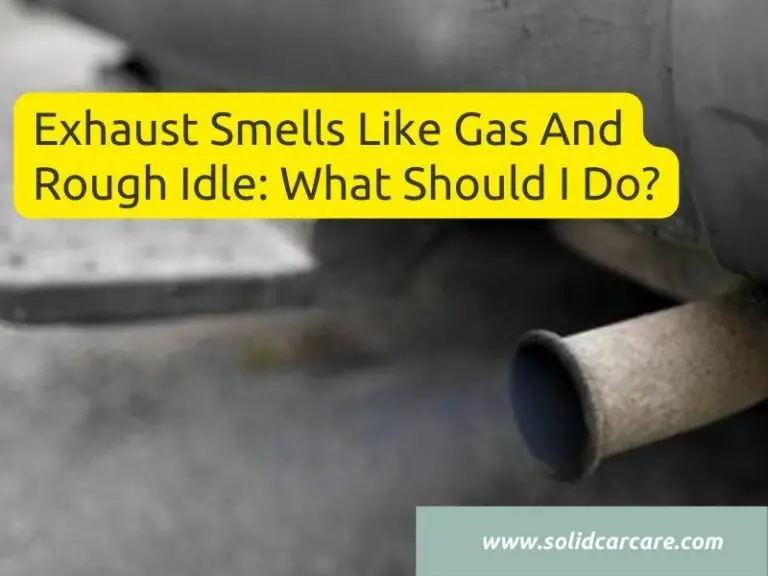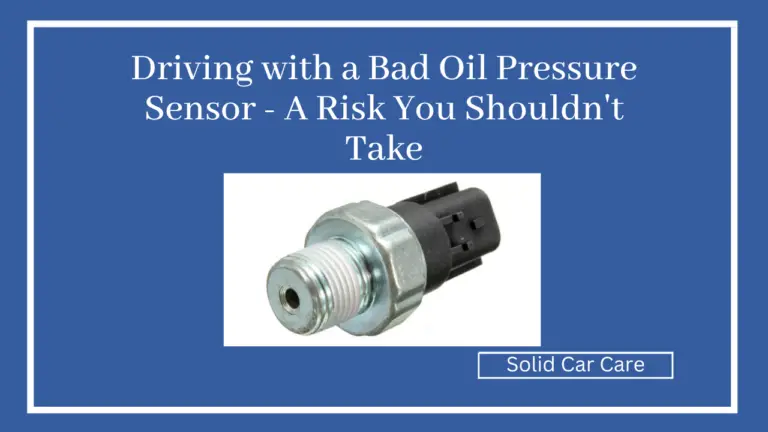What Causes a Purge Valve to Go Bad? By Solid Car Care
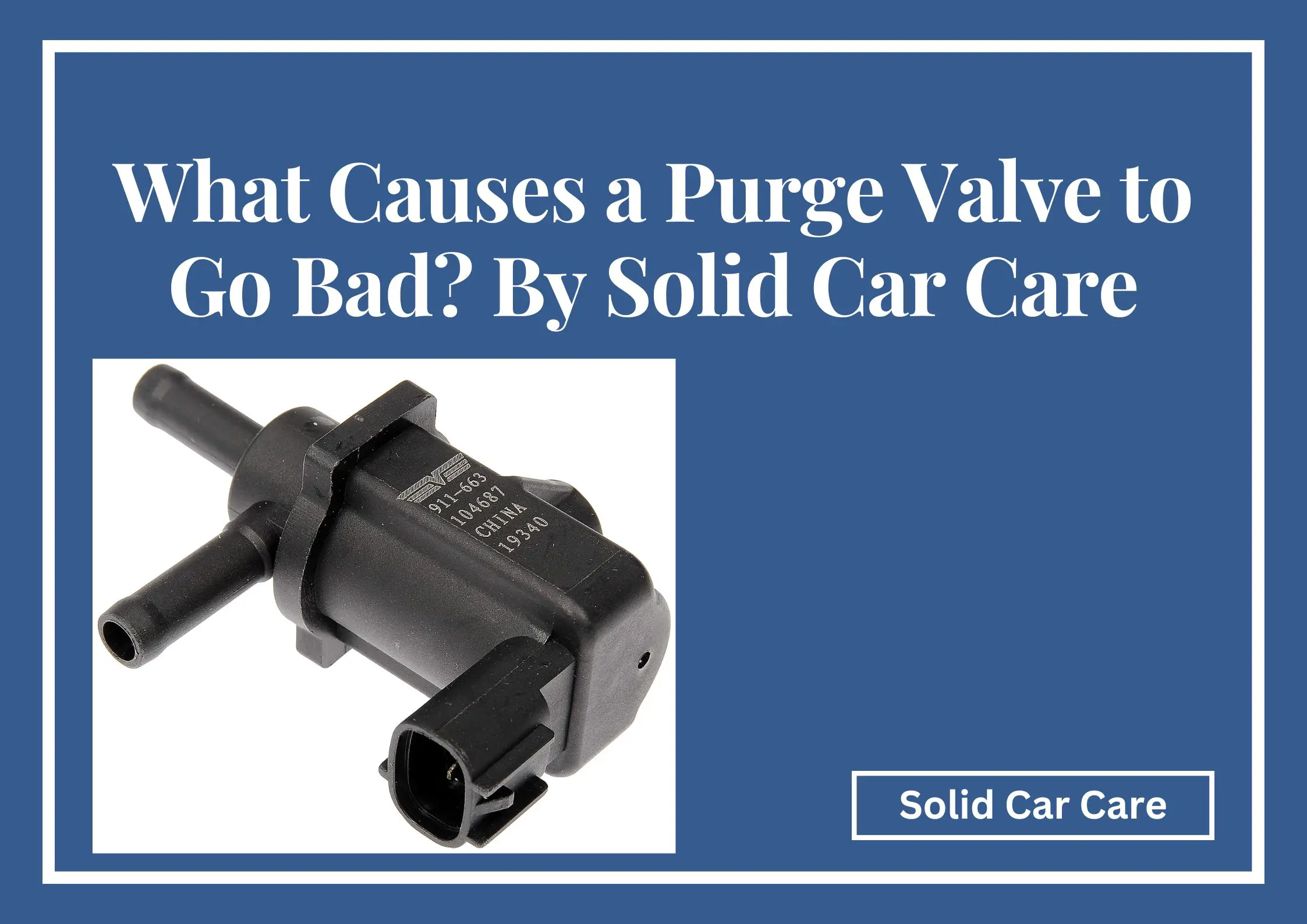
When it comes to the intricate systems of a vehicle, even seemingly minor components can have a significant impact. One such component is the purge valve, an essential part of the vehicle’s emission control system.
In this article, we will explore the causes behind a purge valve going bad and the implications of its failure. So we’ll invite you to stick around until the end to find out what you’ve been looking for. Welcome to Solid Car Care.
Table of Contents
What is a Purge Valve, and what does it do?
The purge valve plays a crucial role in controlling fuel vapor emissions from the vehicle. It acts as a gatekeeper between the fuel tank and the engine, allowing the engine to consume the fuel vapors at appropriate times.
By capturing and storing fuel vapors in a canister, the purge valve helps prevent them from escaping into the atmosphere, contributing to air pollution.
What are the common causes of Purge Valve failure?
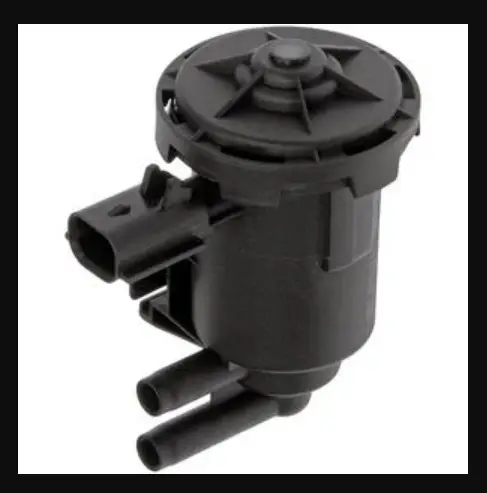
Contamination and Clogging
Contaminants such as dirt, debris, and oil particles can find their way into the purge valve, hindering its smooth operation.
Over time, these impurities accumulate and obstruct the valve’s movement, leading to malfunction.
Electrical or Mechanical Malfunction
Electrical and mechanical components within the purge valve can also be prone to failure. Issues with the solenoid responsible for controlling the valve’s opening and closing, or faulty electrical connections can disrupt the valve’s performance.
Additionally, regular wear and tear or manufacturing defects can cause mechanical failures.
Vacuum Leakages
Vacuum leaks in the emission control system can adversely affect the purge valve.
When there are unintended openings or cracks in the system, the vacuum pressure necessary for the valve’s operation gets compromised. This can result in improper valve functioning and ultimately lead to its failure.
Excessive Heat and Thermal Stress
The purge valve is often located in the engine compartment, where it is exposed to high temperatures.
Over time, continuous exposure to heat can lead to thermal stress on the valve, causing it to weaken or deform. This can affect its functionality and result in valve failure.
Fuel Quality and Additives
Poor fuel quality or the presence of certain additives can have detrimental effects on the purge valve. Contaminated or low-quality fuel can introduce impurities that accumulate in the valve, leading to clogging and hindered movement.
Additionally, certain fuel additives or ethanol blends may not be compatible with the materials used in the valve, causing degradation or malfunction.
Environmental Factors
Environmental conditions can also contribute to purge valve failure. Harsh weather conditions, such as extreme temperatures, humidity, or exposure to corrosive substances, can accelerate wear and tear on the valve components.
Additionally, driving in dusty or sandy environments can increase the risk of debris entering the valve and causing damage.
Purge Valve Symptoms Explained
Solid Car Care
What are the symptoms of a failing Purge Valve?
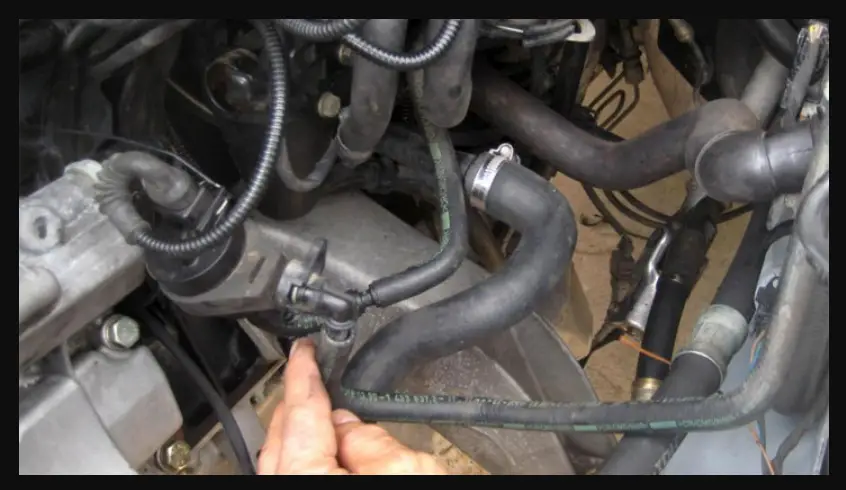
Check Engine Light (CEL) Activation
A failing purge valve often triggers the Check Engine Light (CEL) on the vehicle’s dashboard. The engine control unit detects the abnormality in the emission control system and alerts the driver. It’s crucial not to overlook this warning and address the issue promptly.
Rough Idling and Poor Acceleration
When the purge valve malfunctions, it can disrupt the engine’s performance. This may result in rough idling, where the engine feels unstable or inconsistent at idle speed. Additionally, a faulty purge valve can cause poor acceleration, making it difficult for the vehicle to reach higher speeds smoothly.
Fuel Odor and Increased Emissions
A failing purge valve can lead to fuel vapor leaks, allowing gasoline fumes to escape into the air. This can manifest as a noticeable fuel odor both inside and outside the vehicle. Moreover, increased emissions can have environmental implications and potentially result in penalties for exceeding emission limits.
Maintenance and Prevention of Purge Valve Issues
To prevent purge valve failure, it is essential to incorporate routine maintenance. Regularly inspecting and cleaning the valve can help remove debris and contaminants, ensuring smooth operation and extending its lifespan. Consult the vehicle’s manual for specific instructions on cleaning the purge valve.
Replacement and Repairing
If a purge valve shows signs of significant malfunction, it is advisable to replace it. Consult a qualified mechanic or refer to the vehicle’s service manual for guidance on the replacement procedure.
Repairing a faulty purge valve may also be an option if the issue is minor and can be rectified without compromising the valve’s integrity.
Proper Fueling Practices
Practising proper fueling habits can contribute to the longevity of the purge valve. Avoid topping off the fuel tank excessively, as it can increase the risk of fuel vapour entering the purge valve and causing damage.
Additionally, refrain from introducing contaminants into the fuel tank, such as dirt or water, which can eventually reach the purge valve.
Solid Car Care
How to repair/replace a purge valve, cost, and labor
Repairing or replacing a purge valve typically requires some mechanical knowledge and tools. While the specific steps may vary depending on the vehicle make and model, here is a general guide on how to repair or replace a purge valve:
Gather the necessary tools and parts:
- New purge valve (if replacing)
- Socket or wrench set
- Screwdrivers (both flathead and Phillips)
- Pliers
- Safety gloves and goggles
Step-by-step guide
- Step 01: Locate the purge valve
The purge valve is usually near the engine’s intake manifold or charcoal canister. Consult the vehicle’s service manual or seek guidance from a professional mechanic if you are unsure about its exact location.
- Step 02: Disconnect the electrical connectors
Using your pliers or hands, gently disconnect the electrical connectors attached to the purge valve. Some valves may have multiple connectors, so take note of their positions for reconnection later.
- Step 03: Remove the purge valve
Depending on the mounting method, you may need to use a socket or wrench to loosen and remove the bolts or clamps holding the purge valve in place. Carefully disconnect any hoses connected to the valve, ensuring you don’t damage them in the process.
- Install the new purge valve
If you’re replacing the purge valve, align the new valve with the mounting position and reconnect the hoses. Secure the valve by tightening the bolts or clamps.
- Step 06: Reconnect the electrical connectors
Attach the electrical connectors to the corresponding terminals on the new purge valve. Ensure a secure connection to prevent any electrical issues.
- Step 07: Test the system
Start the vehicle and check for any signs of abnormal idling, rough performance, or fuel odor. If everything seems normal, you’ve successfully repaired or replaced the purge valve.
Cost and Labor
The cost of a new purge valve can vary depending on the vehicle make, model, and where you purchase it. Generally, purge valves range in price from $30 to $100. However, it’s important to note that labor costs can significantly vary depending on your choice of mechanic or service center.
If you’re comfortable performing the repair yourself, you can save on labor costs. However, if you prefer professional assistance, the labor cost may range from $50 to $150, depending on the job’s complexity and the mechanic’s hourly rates.
It’s always recommended to consult with a trusted mechanic or service center to get an accurate estimate of the total cost, including parts and labor, based on your specific vehicle and location. They can provide a more precise estimate and ensure the repair or replacement is done correctly.
Conclusion
In conclusion, a purge valve plays a crucial role in the vehicle’s emission control system by managing fuel vapor emissions. Understanding the causes of purge valve failure, such as contamination, electrical or mechanical malfunction, and vacuum leakages, can help vehicle owners address issues promptly.
Regular maintenance, proper fueling practices, and timely replacement or repair can all contribute to a healthy emission control system and a well-functioning vehicle overall. By staying vigilant and taking necessary precautions, drivers can ensure the longevity and efficiency of their purge valves and help reduce their environmental impact.





